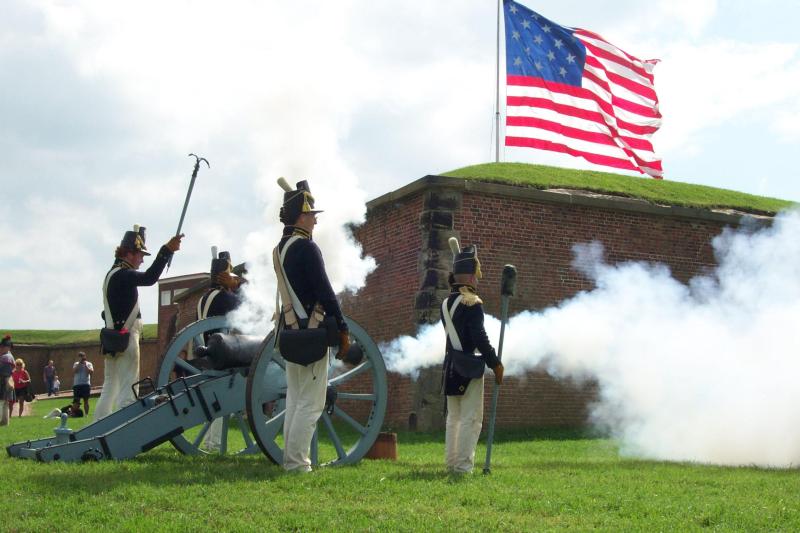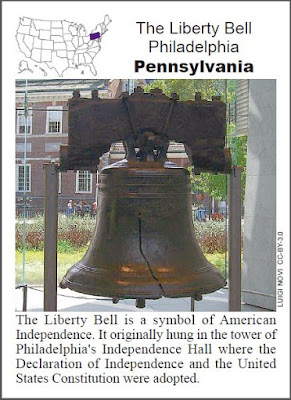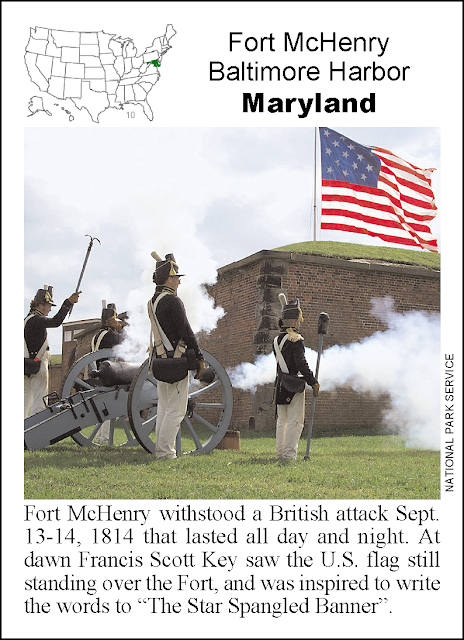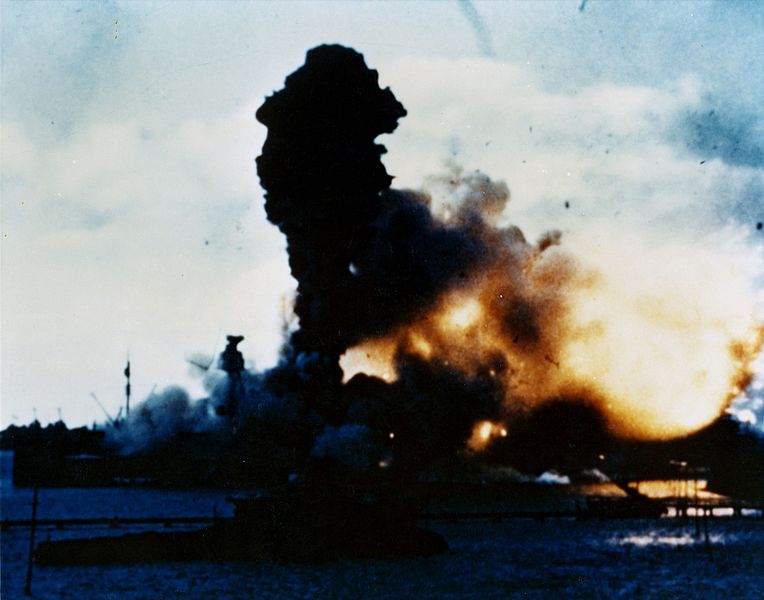Fall, Football, Fort McHenry and Francis Scott Key

I have to say that Fall is my favorite season. Not just because of the colored leaves, cooler nights, cider mills and pumpkin patches, but also because it is the season of Football. Whether High School, which I used to ref those Friday Nights games under the lights, going to a College game on Saturday, or watching the NFL on Sunday and Monday nights. I just love football. But did you know what other famous event happened in the Fall? More specifically on September 13 & 14, exactlly 203 years ago: The Battle of Fort McHenry in Baltimore, Maryland in 1814.
That battle which was witnessed by a young American Lawyer, name Francis Scott Key from behind enemy lines, resulted in his penning of the lyrics to the Star Spangled Banner, which again is one of the great things I love about Football.
The Star Spangled Banner is one of the most performed songs in the United States, ranging from the smallest home town sporting events all the way to the largest televised event in America, the Super Bowl. While most Americans have repeatedly heard and quickly recognize the National Anthem, many may not know the unique circumstances nor the history leading up to Francis Scott Key penning the lyrics.
We go back to the setting during the War of 1812, which the Smithsonian’s website describes as “a relatively little-known war in American History” involving the British and a young United States. The first couple of years during that war, US forces were somewhat successful in many of the scattered skirmishes. However, after the British defeated Napoléon in April 1814, they concentrated on the war against the United States. On August 24, 1814, the British took control of Washington D.C. and set the US Capitol Building and White House on fire. This was a demoralizing blow to the United States and the British’s next target was the strategic port of Baltimore, Maryland.1
As the British were advancing towards Baltimore, a series of rather unexpected events set into motion the strange circumstances where Francis Scott Key, a young American lawyer in Washington DC, witnessed the British attack on Baltimore, from behind enemy lines in the midst of the British Naval fleet.2
On August 28 an elderly Dr. William Beanes was arrested as a prisoner of war in response to several British soldiers being thrown into a local jail for accusations of pillaging and plundering Dr. Beanes’ and other’s homes. Friends and patients of Dr. Beanes persuaded Attorney Francis Scott Key to help get Dr. Beanes released. After getting permission and diplomatic status from President James Madison, Key and John S. Skinner, an official US prisoner exchange officer, approached the British Fleet under a flag of truce on September 7, 1814, to negotiate for Dr. Beanes’ release. There they met with British Major General Robert Ross, who agreed to release Dr. Beanes. However, since the three Americans were now aware of the British planned attack on Baltimore, General Ross ordered that they be detained until after the attack, so that they would not be able to alert the U.S. forces. So Key, Skinner and Dr. Beanes were caught up behind enemy lines in the midst of the massive fleet of over 50 enemy British Naval ships preparing for one of the biggest battles in the War of 1812.2
On September 12, the British launched a ground attack from the East side of the harbor that met significant resistance by the 3rd Baltimore Brigade under the command of U.S. General John Stricker. In the ground Battle of North Point, Major General Ross, who Key and Skinner had met with just days before, was mortally wounded. Despite their losses, the British forced their way to about two miles from Baltimore before holding their position awaiting for the British Navy to capture Fort McHenry. Later that day 16 British warships moved to within firing distance of that strategic fort that protected the Baltimore Harbor.
National Park Service Photo
At 6:00 am on September 13, British cannons, mortars, and rocket launchers opened fire on Fort McHenry. Later in the day, three British warships approached the fort, but hastily withdrew after heavy US canon fire was returned. The battled raged all day and well into the night where rockets and exploding bombs lit up the smoky dark sky. At about 1:00 am under a blanket of night, the British attempted to land ground forces to the west of Fort McHenry. But two nearby batteries of US guns at forts Babcock and Covington, fired heavily for nearly two hours, turning back the enemy barges in their unsuccessful maneuver to make landfall and initiate a ground offensive from the backside. Throughout the night, the British continued with sporadic shells and rockets aimed at the fort.3
Despite the British launching an estimated 1,500 – 1,800 shells, morters and rockets aimed at Fort McHenry, US casualties were relatively small with only four deaths and twenty-four injuries out of approximately 1,000 defenders.4
Before dawn, the fighting had ended signaling that the battle was over, but Key and his companions didn’t know who had won. Then as told by the immortalized words he wrote “O, say can you see, by the dawn’s early light,” Key experienced great elation which “Gave proof through the night that our flag was still there”5.
Key, Skinner and Beanes were released from British detainment two days later on September 16. Key spent that first night of freedom in a quiet hotel room in Baltimore, finalizing his draft of the lyrics. The next day, on September 17, 1814, the Defense of Fort M’Henry was first published and distributed in Baltimore in the form of a handbill5. Over the next few weeks, it was published in numerous US newspapers and well on its way to becoming one of America’s most beloved patriotic songs. On March 3, 1931 The Star Spangled Banner was established by Congress as the official National Anthem of the United States of America.4
And that’s how a series of rather unusual circumstances, put a young American lawyer behind enemy lines to witness and be inspired by one of the greatest battles in US History, and Fort McHenry became the birthplace of a National Anthem. So the next time you hear or sing the Star Spangled Banner, whether while watching the Super Bowl or a hometown high school game, perhaps you may know a little bit more about its history and better understand the meaning and significance behind those familiar words.
The Snapshots Across America Game Card for Fort McHenry, Baltimore, Maryland.
https://snapshotsusagame.com
Fort McHenry, Maryland is also featured on the new U.S. Mint America the Beautiful Quarters and was released into general circulation on August 26, 2013.
Follow us for more Snapshots Spotlights about the many great tourist attractions
featured in the educational boardgame, Snapshots Across America.
Copyright 2014-15, Sandell Games.
2Sam Meyer. Paradoxes of Fame-The Francis Scott Key Story. Annapolis, Maryland. Eastwind Publishing, 1995. Print. Pgs. 35-42.
3Harold R Manakee. “Anthem Born in Battle”. Star Spangled Books-Books, Sheet Music, Newspapers, Manuscripts and Persons Associated with “The Star Spangled Banner”. Eds. P. W. Filby and Edward G. Howard. Maryland Historical Society. Baltimore, Maryland. Print. 1972. Pgs. 29-39.













_burning_after_the_Japanese_attack_on_Pearl_Harbor_-_NARA_195617_-_Edit.jpg/607px-The_USS_Arizona_(BB-39)_burning_after_the_Japanese_attack_on_Pearl_Harbor_-_NARA_195617_-_Edit.jpg)

